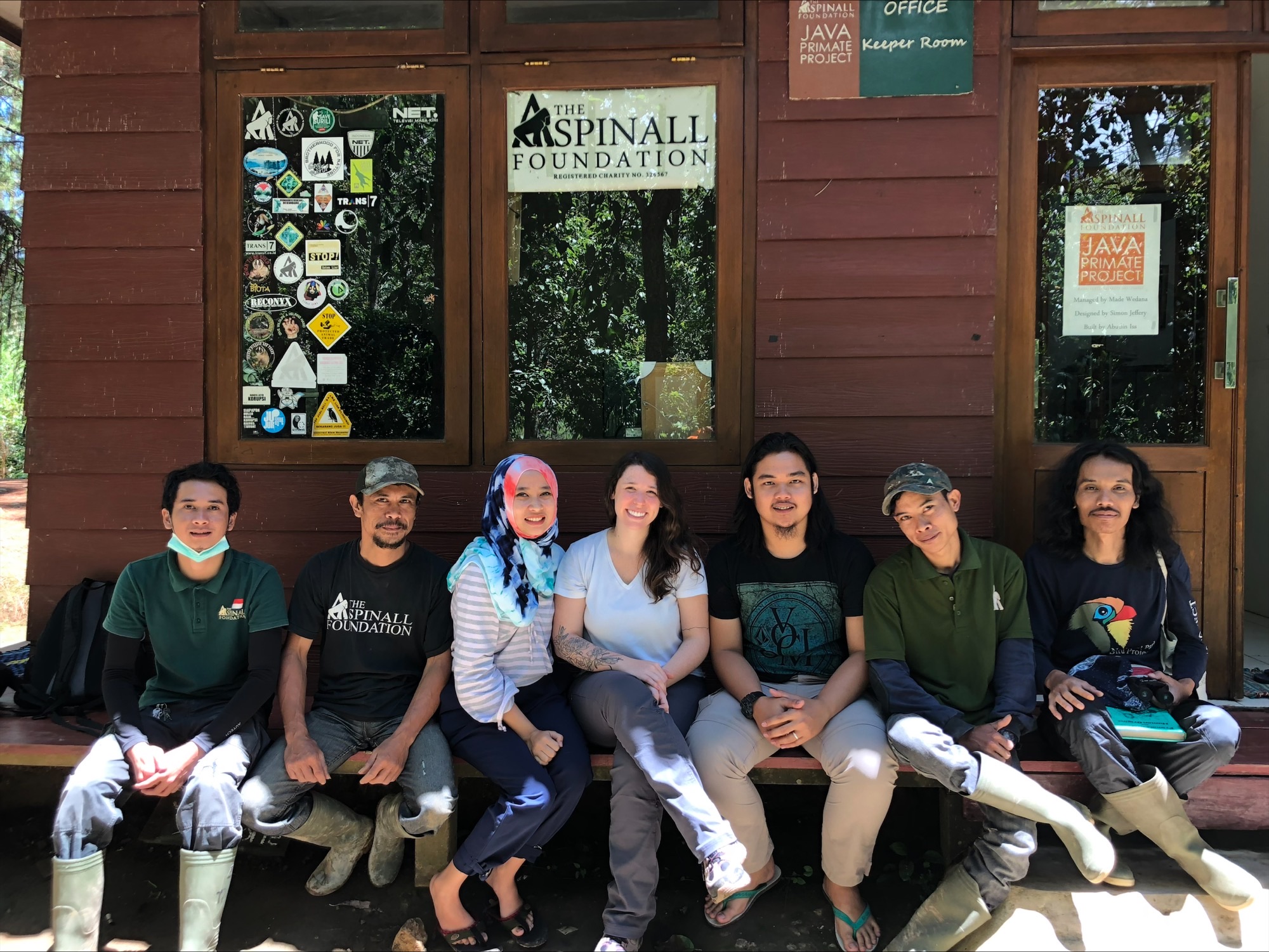Three primate rehabilitation and re-introduction centers in Indonesia analyzed
The Aspinall Foundation rehabilitates and re-introduces Javan gibbons, while International Animal Rescue focuses on Bornean Orangutan rehabilitation. The primate species within these centers are victims of mass habitat deforestation.
The IU CN’s ‘Best Practice Guidelines for the Re-Introduction of Great Apes’ may need an update.
The main focus of the visit was to determine whether the International Union for the Conservation of Nature (IUCN) ‘Best Practice Guidelines for the Re-Introduction of Great Apes’ needed an updated version since it was first published in 2007. Orangutans and other Indonesian primate rehabilitation centers have seen a dramatic increase in needy orangutans.
Keeper Connection: Opportunities, Barriers, and Suggestions for Orangutan Rehabilitation and Re-Introduction Centers in Indonesia
Introduction
Orangutans are critically endangered in Indonesia due to habitat loss, poaching, and illegal trade. To protect them from extinction, rehabilitation and re-introduction centers have been proposed to release captive orangutans to their natural habitats. However, such centers face several opportunities and barriers that must be addressed to ensure success. This article discusses some opportunities, barriers, and suggestions for Indonesia’s orangutan rehabilitation and re-introduction centers.
Opportunities
Several opportunities exist for orangutan rehabilitation and re-introduction centers in Indonesia. One such opportunity is public awareness. With the support of government and conservation agencies, the public plays a significant role in creating awareness about the importance of orangutan conservation. Creating awareness will help orangutan rehabilitation and re-introduction centers attract volunteers and donations to cater to the centers. Moreover, raising public awareness will educate local communities about preserving orangutan habitats and reducing human and orangutan conflicts.
Barriers
Indonesia’s orangutan rehabilitation and re-introduction centers face several barriers to accomplishing their objectives. One barrier is limited funding. Establishing and maintaining orangutan rehabilitation and re-introduction centers is expensive. Appropriate funding is necessary for proper care, including food, medical care, and facilities. Another barrier is the poaching industry. The poaching industry is responsible for capturing and selling orangutans illegally. The rehabilitation centers need to work with law enforcement to combat the poaching industry, preventing further capture of orangutans. Finally, suitable habitat is necessary for orangutan rehabilitation and re-introduction. Sadly, declining rainforest habitats due to deforestation and human encroachment make it challenging to release orangutans and ensure their survival.
Suggestions
To overcome these barriers, Indonesian conservation agencies must liaise with international sponsors to increase center funding. Education programs should also be initiated to train communities on better forest management practices and provide alternative livelihoods that do not necessitate the destruction of orangutan habitats. Finally, orangutan rehabilitation and re-introduction centers must work with the Indonesian government and law enforcement agencies to combat poaching and illegal orangutan trade.
Conclusion
Establishing rehabilitation and re-introduction centers for orangutans in Indonesia is vital to their survival. However, such centers face several opportunities and barriers to achieving this. The barriers require the attention of the government and conservation agencies to address the issue of preserving orangutan habitats. At the same time, the opportunities need to be harnessed to ensure the smooth operation of orangutan centers. By providing proper care for orangutans in rehabilitation and re-introduction centers, Indonesia can ensure the survival of these species.


